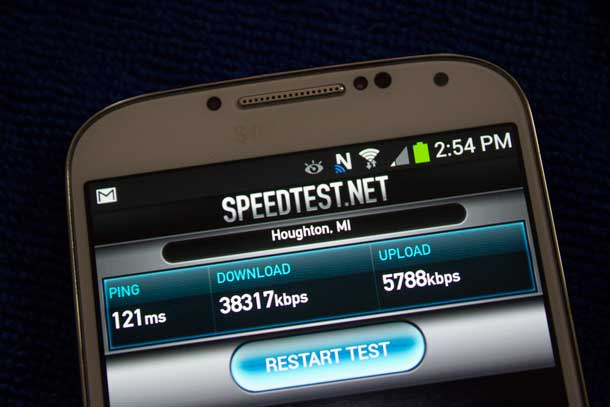
Week of April 30, 2018
KENORA – POLITICS – It’s not only millennials and young adults who acknowledge the important role that the Internet plays in our everyday life. Business owners recognize that connectivity is vital to their success, as do the medical professionals who utilize technologies that rely on broadband access on a regular basis. With the Northwestern Ontario Municipal Association (NOMA) Annual Meeting being held in Kenora this week, these are the types of local issues that municipal, provincial and federal leaders will be discussing.
Emphasizing the critical role of the Internet in today’s world, the Canadian Radio-television and Telecommunications Commission (CRTC) declared broadband Internet an essential service and adopted minimal performance standards across Canada. The House of Commons Standing Committee on Industry, Science and Technology recently released a study entitled, Broadband Connectivity in Rural Canada: Overcoming the Digital Divide, which contains a number of recommendations to improve broadband in underserviced areas. It is a report worth reading, particularly for us living in the North.
In order to address the digital divide, it is essential to properly identify underserviced areas. The current mapping system uses a hexagonal system to classify “served” and “underserved” areas. This same mapping system is used to determine eligibility for federal programs such as Connect to Innovate. During the committee study, some stakeholders suggested that this process could be improved and made more accurate. One of the recommendations in the Committee report encourages new ways of collecting service and performance data in order to re-evaluate the conclusions drawn from the current mapping system.
Financial challenges remain one of the largest roadblocks faced in implementing rural broadband. The CRTC estimates the cost of covering rural Canada and the territories is $7 billion. Not only is the cost to service these areas high, but the financial return on investment is often low, making it difficult to present a fiscally responsible business case.

A number of recommendations were put forward to tackle this concern, including changing the current system to make it easier for smaller communication companies to compete against the larger telecom players, simplifying the process for small providers to apply for federal funding, and providing incentives to attract investments and partnerships for broadband deployment in rural and remote areas.
While these are just some of the recommendations made in the report, there are also things that can be done on a local level, such as gathering data to have a better understanding of coverage in the area. As leaders gather to discuss issues affecting Northwestern Ontario at the NOMA Annual Meeting, I am sure broadband accessibility, as well as a number of other topics, will be on the agenda. I look forward to the meeting and the opportunity to discuss ways to continue building the North.


